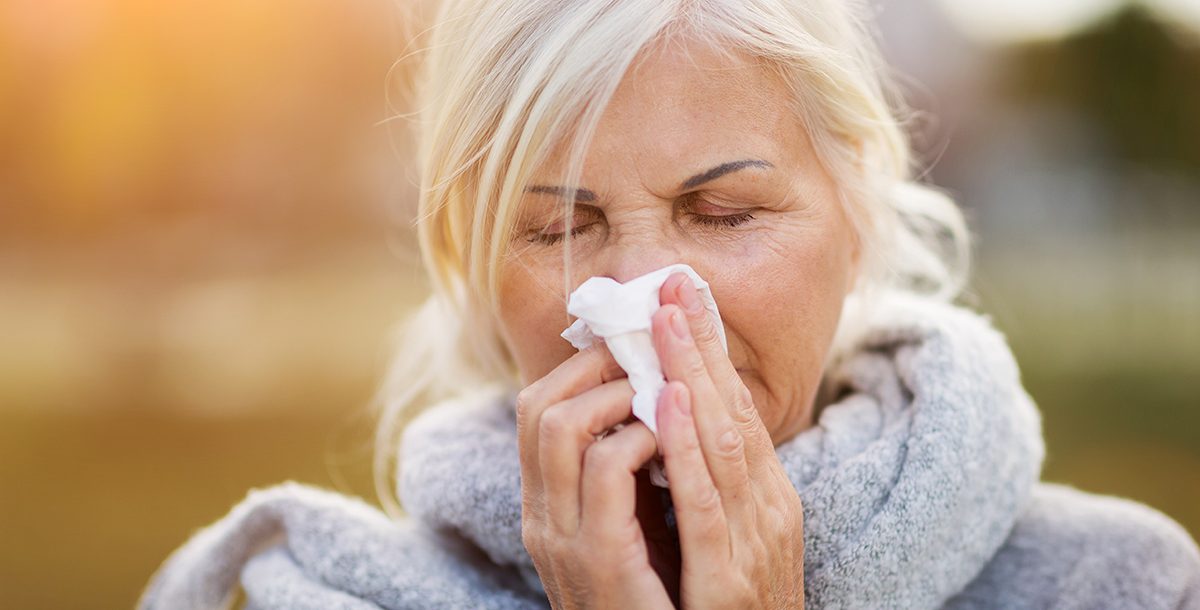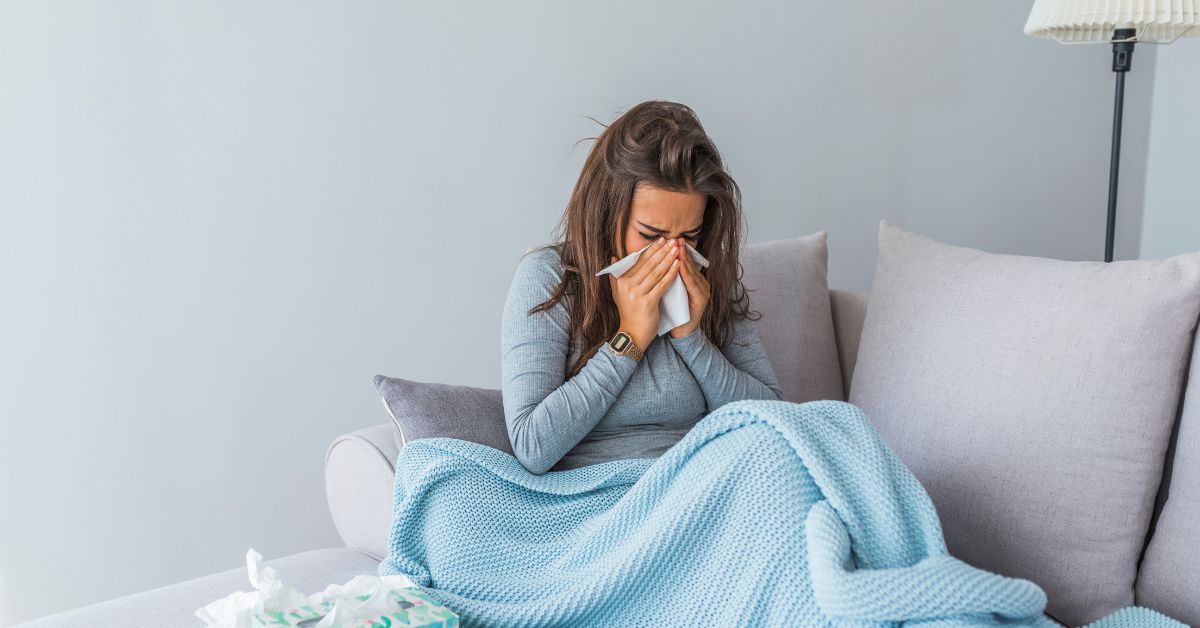Stop your fall allergies before they start with these treatment tips.
We tend to associate allergies with the spring. However, if your nose is still running into fall, it’s not your mind playing tricks on you. While fall allergies are caused by different sources, their symptoms can be just as brutal as their spring counterparts.
With colds, the flu, COVID-19 and allergies all having similar symptoms, it will be important to monitor these symptoms and figure out what is causing them as we enter the colder months.
The Three Most Common Causes of Fall Allergies
- Ragweed: This plant begins to pollinate in late August and persists throughout the fall months. Hay fever, or what is more commonly referred to as allergic rhinitis today, is commonly caused by ragweed. Wind can cause ragweed to travel for hundreds of miles, so even if you think ragweed doesn’t affect your area, you could be experiencing its symptoms. With close to 75 percent of people with spring allergies also experiencing reactions to ragweed, it’s frequently seen as fall’s largest allergy trigger.
- Mold: Mold spores are often released with high humidity or dry and windy conditions. Therefore, in addition to the mold that comes from moisture inside your home, dampness from dew or rain outside is also a trigger. Piles of leaves are known as breeding grounds for mold. If you know you suffer from mold allergies, it’s best to begin taking medication before your symptoms start.
- Dust mites: As you get ready to turn your heat on, you may want to prepare for sneezes and sniffles as well. After your furnace stays off all summer, turning it on causes a sudden swirl of dust that’s sent directly into your living spaces via vents.
Symptoms of Fall Allergies
Common symptoms of fall allergies include:
- Runny nose
- Watery eyes
- Sneezing
- Coughing
- Itchy eyes and nose
- Dark eye circles
To see if the root of your symptoms is fall allergies, reach out to your primary care provider. If they think it is necessary, they can perform or request a skin test. Placing a small amount of an allergen on your skin and then monitoring its effects will help determine which allergens are triggering your reactions, if any.
Treating Fall Allergies
While allergies are a pain, the good news is they can be managed. If you know you have a family history of allergies, treating yourself or your child with over-the-counter medicines is OK. However, if those means don’t work, be sure to call your primary care provider. They may recommend a nasal spray, antihistamines, decongestants or immunotherapy.
Another time to skip the over-the-counter medications is with infants and toddlers. It is often harder to tell the difference between allergies and other symptoms at such a young age. To avoid the guesswork here, be sure to reach out to your pediatrician.
Other ways to manage fall allergy symptoms are staying indoors with closed windows, cleaning your heating vents and using a filter to remove pollen, mold and other air particles.
Learn more about the primary care services we offer at Mercy Health.






